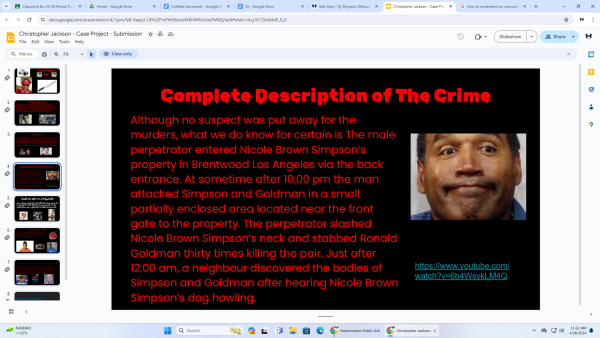9 Tips for the SAT

For many high school students, taking the SAT for the first time can be a daunting task. Even though some colleges are now test-optional, a good score on the SAT can help enhance college applications and increase your chances of getting into the best school possible. To help reduce anxiety related to the test, here are some helpful tips and strategies to get the most out of the SAT:
1. Utilize Free Resources
Before taking the SAT, all students should have already taken the PSAT at least once. Students are able to link these scores to Khan Academy through College Board to create personalized practice questions. Khan Academy is completely free to use and generates practice exercises based on the types of questions that were missed on the PSAT. Students can do practice problems, small quizzes, or even take an entire practice test to help prepare. Additionally, Khan Academy can create a personalized schedule for students to make sure that students have gotten plenty of practice come test day. Click here for a video guide on how to link your College Board account to Khan Academy.
2. Consider Using College Board Resources
College Board gives students the opportunity to pay for the full answer key before or after taking the test. This is an additional cost of $16, but this resource is especially useful for students who are taking the test for the very first time. It is recommended that students take the SAT at least two times, so by purchasing the answer key, students will be able to see what types of questions they struggle with and be better prepared to take the test again.
3. Stay Up To Date With New Changes
Students planning to test in 2024 should be aware of the changes that are being made to the SAT. The new SAT will be taken online and will be one hour shorter. Additionally, students will be able to use a calculator on the entire math section, and test scores will be released sooner. Questions will also be adaptive meaning the questions students are asked will be based on their performance on prior questions. Click here to find out more about the changes being made to the SAT.
4. Know What To Expect
Knowing what to expect before test day is a great way to reduce test-related anxiety. The first section of the test is reading which is a 65-minute section with 52 multiple-choice questions. These are reading comprehension questions based on multiple passages such as literature, historical documents, or passages about the social and natural sciences. Next is the writing section which is 35 minutes long and consists of 44 multiple-choice questions focused on grammar, editing skills, and vocabulary. The final section is math which is broken down into two segments. Students have 25 minutes for 20 non-calculator questions and 55 minutes for 38 calculator-based questions.
5. Be Aware of Tested Material
Knowing how much material you will be tested on is a great way to make sure you are preparing properly. The SAT math questions only test students on their knowledge of geometry, Algebra I and II, and a little trigonometry. For students that are currently taking advanced math or calculus, it is a good idea to go back and freshen up on Algebra and geometry skills. Here is College Board’s official guide to the math skills tested on the SAT.
6. Be Prepared
Coming prepared on test day can eliminate many possible complications. Students need to bring their printed-out admissions ticket, a photo ID, two number-two pencils with erasers, and an approved calculator. Click here for an approved list of calculators and the full calculator policy. College Board also recommends bringing a small snack and backup batteries for the calculator. Here is College Board’s guide on what to bring on test day.
7. Test-Taking Strategies
Sometimes the best way to avoid making any unnecessary mistakes is to master good test-taking strategies. For the SAT, this includes using the process of elimination and answering the easiest questions first. The SAT is timed, so to get the most points possible, answer the questions you are confident about first and don’t waste too much time on one question. Additionally, students are not penalized for wrong answers meaning the best strategy is to guess if you run out of time or don’t know the answer to a question. Also, make sure you are staying sharp and focused during the test and put all your answers in the correct spots. Here is a list of the best test-taking strategies to utilize during the SAT.
8. Be Prepared to Take the Test Multiple Times
Like most things, it’s challenging to get a great SAT score on the first try. By taking the test multiple times, you can treat your first SAT as a test run. Get a feel for the test and use the mistakes you made as a learning experience for next time. Additionally, most colleges allow you to super score your SATs meaning if you do better in the English section on one and better in the math section at a different time, you can combine these two scores together to create the best overall score. Here you can find a full guide on what it means to superscore and why it’s helpful.
9. Take a Deep Breathe
While the SAT can be a helpful tool for getting into college, not everyone is great at the test. The good news is that many colleges are remaining to be test optional and don’t require students to submit their scores as part of the application process. SAT scores can help bolster college applications, but a bad score isn’t the end of the world. To help ease stress, look into your college’s policy and see if they are test-optional or what score they are looking for from their applicants.










